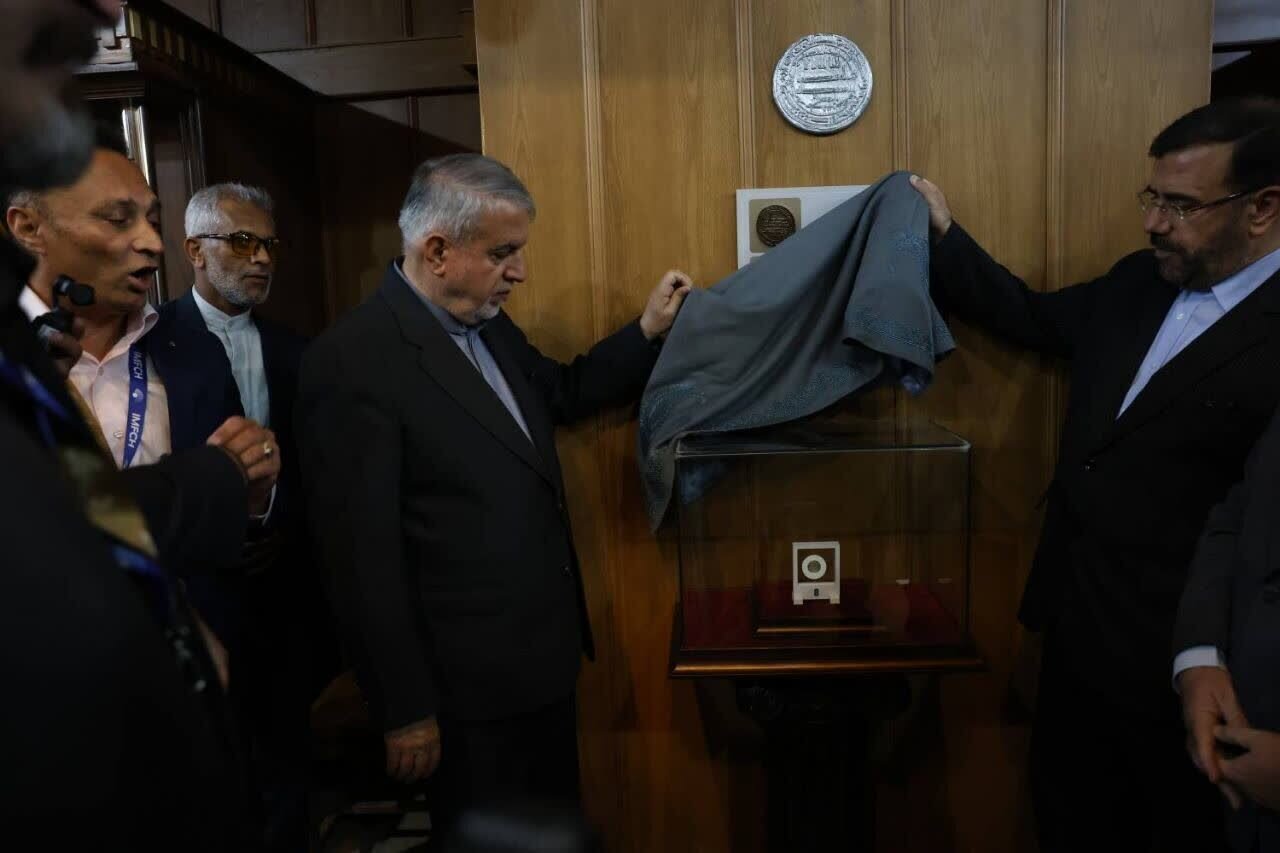Imam Reza (AS) inheritance coin unveiled by tourism minister in Shiraz
SHIRAZ – The Minister of Cultural Heritage, Tourism, and Handicrafts, Seyyed Reza Salehi-Amiri, has unveiled the historical Imam Reza (AS) inheritance coin, at a cultural heritage museum located within the revered Shah Cheragh Museum in Shiraz. During a visit to the museum on Thursday afternoon, Salehi-Amiri who was accompanied by Fars Governor-General Hossein-Ali Amiri the


SHIRAZ – The Minister of Cultural Heritage, Tourism, and Handicrafts, Seyyed Reza Salehi-Amiri, has unveiled the historical Imam Reza (AS) inheritance coin, at a cultural heritage museum located within the revered Shah Cheragh Museum in Shiraz.
During a visit to the museum on Thursday afternoon, Salehi-Amiri who was accompanied by Fars Governor-General Hossein-Ali Amiri the unveiled the ancient coin, which has significant historical and religious importance. The unveiling coincided with the third annual International Multimedia Festival of Cultural Heritage, which also features an exhibition highlighting Iran’s civilizational heritage from the Islamic period.
The coin, which has been put on show at the museum, was minted in the year 203 AH (818 CE) under of Caliph Ma’mun the orders of the Abbasid dynasty, commemorating the arrival of the eighth Shia, known as Imam al-Rauf, in Shiraz.
This coin is said to represent a vital historical artifact documenting Imam Reza’s journey to Merv, which included a passage through Shiraz.
The Shah Cheragh Shrine, meaning “King of the Light” in Persian, is located in the heart of Shiraz, southern Iran. The shrine marks the final resting place of Sayyed Mir Ahmad, the brother of Imam Reza (AS), and it has long been revered by Shia Muslims as a beacon of spiritual significance.
With a history that spans several centuries, the shrine showcases an eclectic mix of architectural styles, blending elements from various eras. Its courtyard and intricate tilework feature late-Qajar period embellishments, while its iconic blue-tiled dome and towering minarets with golden tips catch the eye of anyone approaching the complex.
The shrine’s interior is a testament to both divine beauty and human craftsmanship. The grand chamber of worship is adorned with towering chandeliers that sparkle like frozen rain, while smaller green lamps protrude from the walls. Stained-glass windows on high filter sunlight, casting a dazzling array of colors that reflect off the shrine’s countless jewels and shards of glass, creating an ethereal glow.
AM
